Governor Hogan Announces More than $9 Million in Tax Credits to Revitalize Historic Buildings
Projects Expected to Create More than 600 Jobs
(November 25, 2019) ANNAPOLIS, MD – Governor Larry Hogan today announced that the Maryland Historical Trust (MHT), a division of the Maryland Department of Planning (Planning), has awarded eight projects more than $9 million in tax credits—leveraging more than $180 million in additional investment. The projects are expected to create more than 600 jobs.
“The Maryland Historic Revitalization Tax Credit is one of the most effective investment tools for strengthening Maryland’s local economies,” said Governor Hogan. “The projects awarded this year will bring hundreds of jobs, as well as new housing, commercial, and arts opportunities through the redevelopment of our communities.”
“Planning supports historic rehabilitation while advancing community revitalization and economic development,” said Planning Secretary Rob McCord. “This funding helps encourage preservation and adaptive re-use of historic buildings and enhances the enjoyment of our state’s history, while helping to breathe new life in our communities.”
Nineteen applicants sought $24 million in tax credits for construction projects totaling more than $235 million in estimated costs.
The eight projects selected for the tax credits were based on an established set of criteria, including those outlined by the U.S. Secretary of the Interior for historic building rehabilitations.
The eight award winners are:
- Glenn L. Martin Plant #2 / Middle River Depot – Eastern Boulevard, Baltimore County
- 1629 – 1631 Aliceanna Street – Aliceanna Street, Baltimore City
- Penn Station – North Charles Street, Baltimore City
- Strawbridge M.E. Church – Wilson Street, Baltimore City
- 3127 E. Baltimore Street – East Baltimore Street, Baltimore City
- 417 N. Howard Street – North Howard Street, Baltimore City
- 301-305 N. Howard Street – North Howard Street, Baltimore City
- Day Village – North Avondale Road, Baltimore County
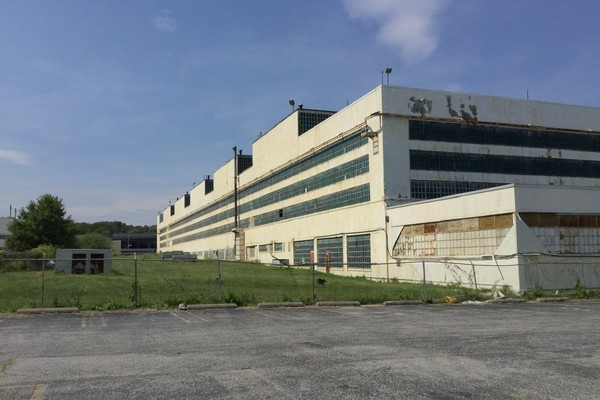
Glenn L. Martin Plant #2 / Middle River Depot – Eastern Boulevard, Baltimore County
$3,000,000 in Tax Credits Awarded
Estimated Total Cost - $75 Million
This complex, designed by Albert Kahn in the Art Moderne Industrial-style, boasts more than 1.9 million square feet of manufacturing, office, and ancillary buildings. Built in 1940-1942 to produce B-26 Marauder bombers, this manufacturing plant was one of the first to be funded by the U.S. government under the Emergency Plant Facilities Act. In 1945, the production of B-26s ended but the plant continued to manufacture components for other military aircraft during the war. The U.S. Government took back control of the property in 1947 for storage and other various uses until the property was sold into private ownership in 2006. The rehabilitation of this expansive complex will include athletic facilities, retail shops, light industrial use, offices, and self-storage. Future plans include the addition of other hospitality and commercial ventures on the property.
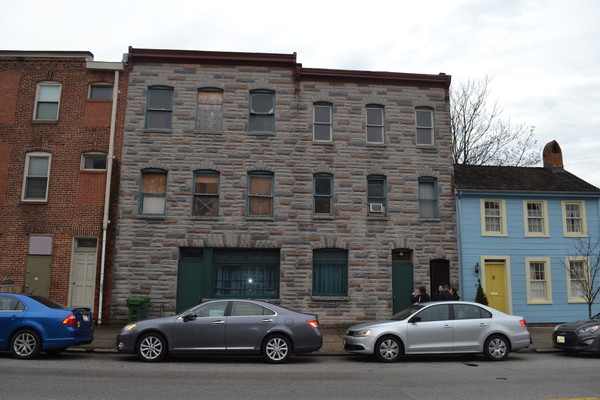
1629 – 1631 Aliceanna Street – Aliceanna Street, Baltimore City
$260,000 in Tax Credits Awarded
Estimated Total Cost - $1.3 Million
Constructed in the 1830s in the Federal style, the buildings at 1629 and 1631 Aliceanna Street originally had two stories and gable end roofs, typical of the Fell’s Point neighborhood at that time. Numerous alterations and additions during the late-19th and early-20th centuries transformed the buildings with simple Italianate style features. Around 1940, the two buildings were connected on the interior and were used for various commercial ventures, including a tavern/bar and hotel. These historic buildings, which represent the neighborhood’s significant architectural evolution, will be rehabilitated for continued commercial and residential purposes.
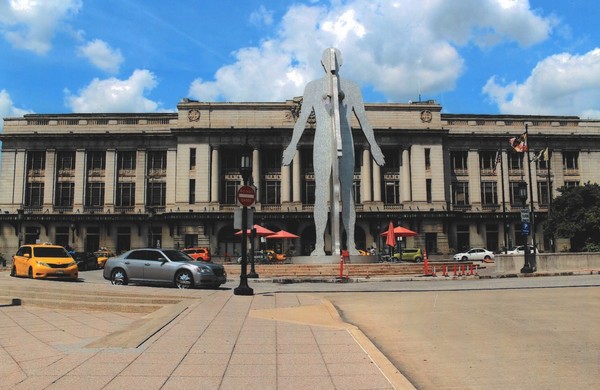
Penn Station – North Charles Street, Baltimore City
$3,000,000 in Tax Credits Awarded
Estimated Total Cost - $68 Million
The Beaux-Arts style Baltimore Pennsylvania Station was designed by Kenneth MacKenzie Murchison, an architect with McKim, Meade, and White, and opened in 1911 as the Pennsylvania Railroad and Western Maryland Railway Union Station. Renamed Pennsylvania Station in 1920, it is currently Amtrak’s eighth busiest station with more than one million passengers each year. This iconic building retains its stone and terra cotta exterior, as well as stained-glass skylights. Original finishes in the interior waiting area include terrazzo flooring, marble wall panels, decorative wood bench seating, and a two-story core with second-story wrought iron railings and balcony. The rehabilitation of the historic Penn Station building includes repairs and upgrades to the platforms and the introduction of new amenities including a hotel and restaurant. Future plans include the construction of an additional station that will connect to the historic station to accommodate the new patrons and rail service upgrades.
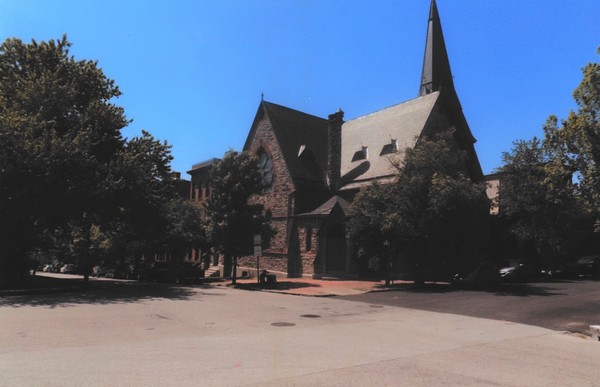
Strawbridge M.E. Church – Wilson Street, Baltimore City
$294,250 in Tax Credits Awarded
Estimated Total Cost - $1.4 Million
Located in the Bolton Hill Historic District, the former Strawbridge Methodist Episcopal Church was constructed in 1882 under the leadership of John F. Goucher, later founder of Goucher Women’s College and pastor of its associated church. The church was designed by prominent Baltimore architect Charles Carson in the English Gothic Revival style and remains almost entirely intact with locally quarried Falls Road stone walls, red sandstone trim, granite base, slate roof, and stained-glass windows. Inside, the sanctuary and social hall retain historic choir lofts, wood panel wainscoting, and exposed wood trusses. Now vacant, the church will be rehabilitated for residential apartments in the basement and social hall, while the main sanctuary will be used in partnership with the Maryland Institute College of Art (MICA) for exhibition space.
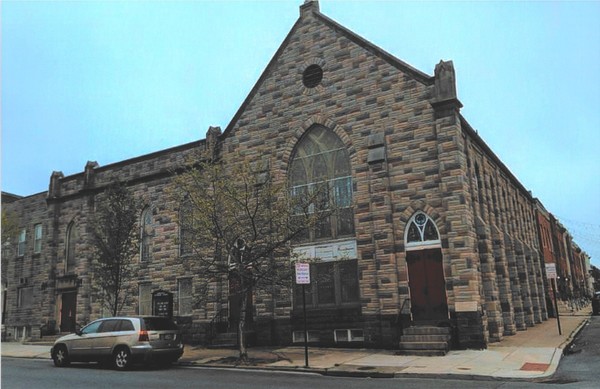
3127 E. Baltimore Street – East Baltimore Street, Baltimore City
$400,600 in Tax Credits Awarded
Estimated Total Cost - $2 Million
The former Evangelical Lutheran Church located at the heart of the Patterson Park / Highlandtown Historic District was constructed in 1906. Covered in formstone, the brick masonry building retains a granite foundation, cast stone details, original wood doors, stained-glass, and leaded-glass windows. The interior retains many of its historic finishes including wood floors, plaster walls and ceilings, tin ceilings, wood stairs, doors, and paneling. Vacant since December 2017, the building will be rehabilitated for live-work artisan studios in the basement and annex spaces, and a technology start-up center will occupy the main sanctuary.
417 N. Howard Street – North Howard Street, Baltimore City
$300,600 in Tax Credits Awarded
Estimated Total Cost - $1.5 Million
During the late-19th and early-20th centuries, the 400 block of North Howard Street was the feed and horse supply center of Baltimore. One of the few remaining structures from this period, 417 N. Howard was originally constructed as a livery, and later converted into a furniture store and other commercial uses. The building currently stands as an exterior masonry shell with a collapsed interior. On the exterior, the original brickwork, upper fenestration pattern and cornice remain intact. The rehabilitation of 417 N. Howard is part of a larger project, already underway, that includes five adjacent properties and will reconstruct the storefront to its historic appearance and repair the exterior of the building. The interior will be finished for commercial first floor and residential upper floor use.
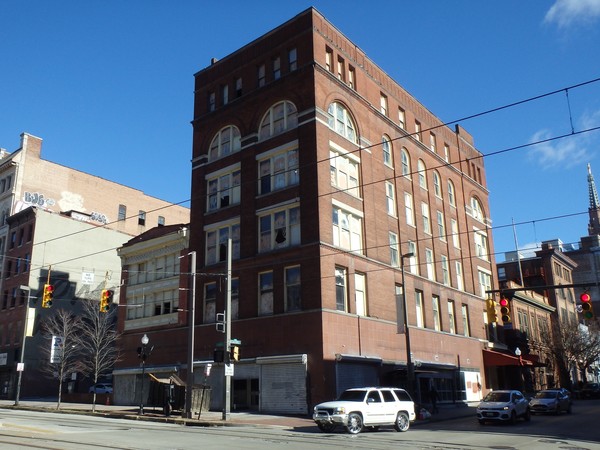
301-305 N. Howard Street – North Howard Street, Baltimore City
$1,185,922 in Tax Credits Awarded
Estimated Total Cost - $6.6 Million
Located in the Market Center Historic District, these buildings were constructed for loft-style manufacturing in the mid-late 19th century. 301 N. Howard was designed in a simplified Romanesque Revival style and housed a manufacturer of plumbing and mill supplies. 305 N. Howard, a rare example of a two-bay window wall design, originally housed a mattress manufacturer and then an antique furniture store. The two buildings were connected in 1928 during an expansion of Pollack’s Furniture Store. The rehabilitation of these buildings will restore the first-floor storefronts to their historic appearance and create two retail spaces and 15 loft-style apartments on the upper floors.
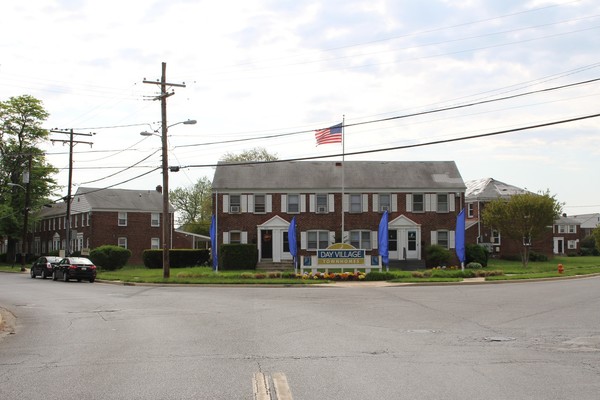
Day Village – North Avondale Road, Baltimore County
$627,581.60 in tax credits awarded
Estimated Total Cost - $25 Million
Day Village is nationally significant as one of the first privately-developed garden apartment communities for African-Americans, completed in 1944-1945 with Federal Housing Administration funds. Built during a time when housing for African-Americans was substandard and insufficient, the community was comprised of 72 buildings, including residential duplexes, a community shopping center, recreational opportunities, and a central man-made lake on a 37-acre peninsula. Today, the community includes 440 apartments, with approximately 352 units retaining the original two-bedroom floor plan. The rehabilitation of Day Village will introduce a mix of market-rate and affordable units, create new ADA-compliant units, upgrade systems, and allow for needed repairs and updates.
# # #
|